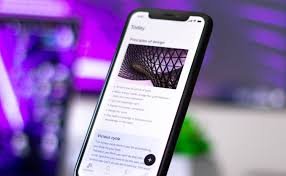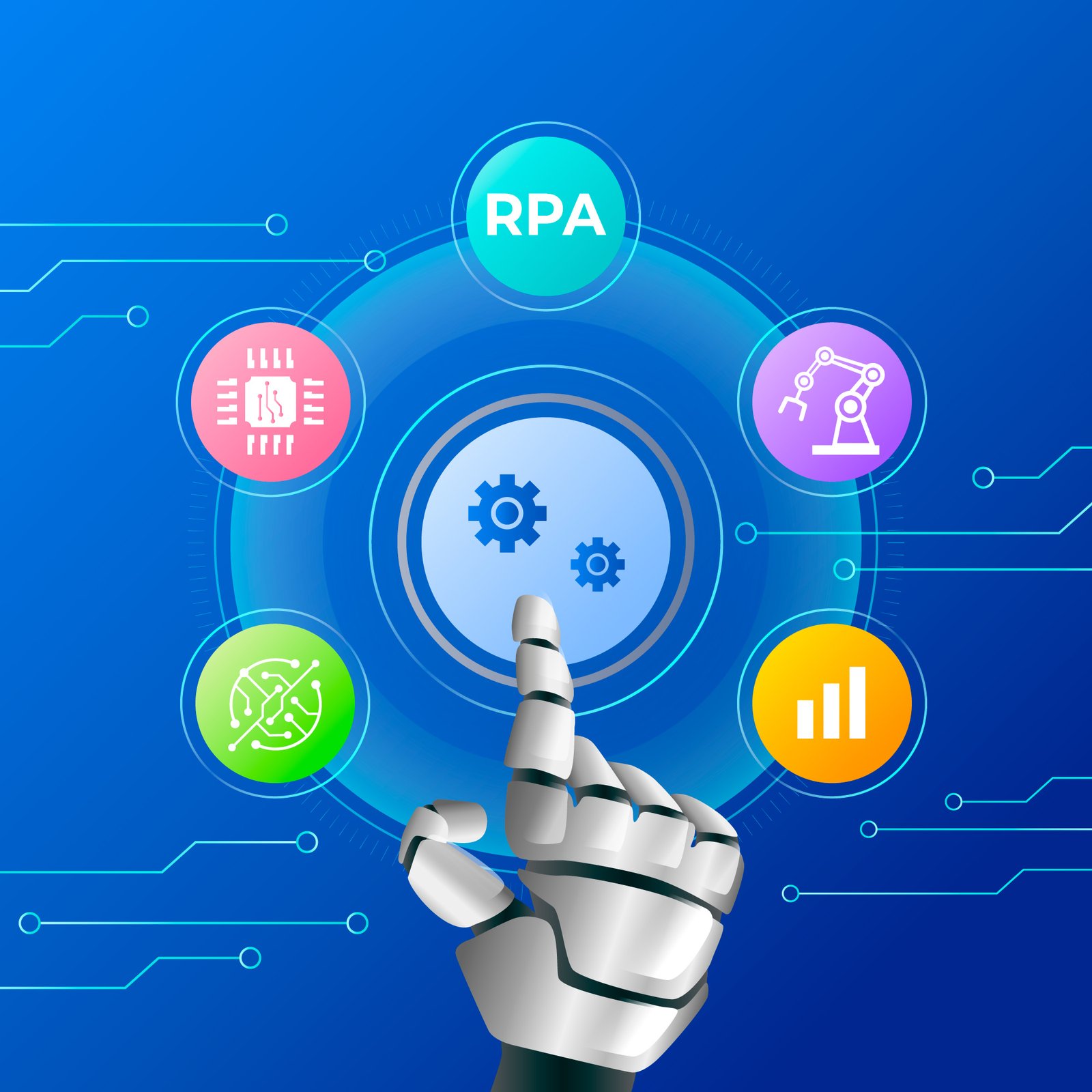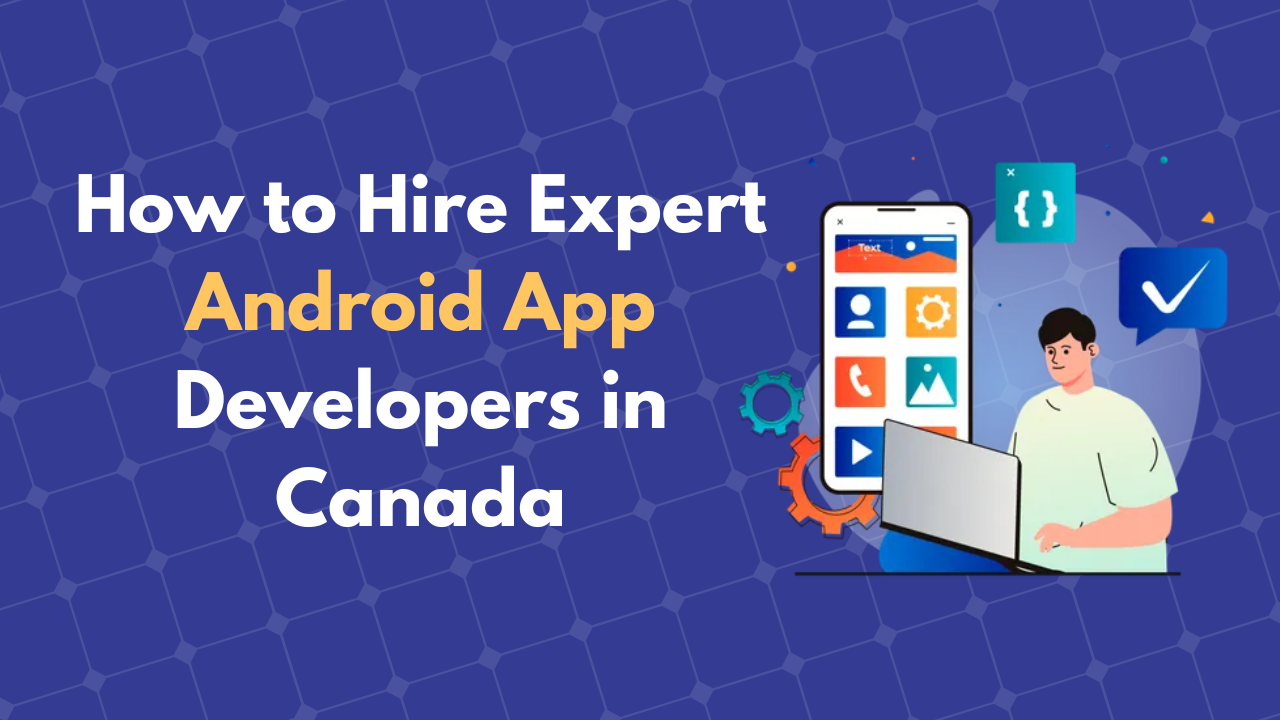San Francisco is the epicenter of tech innovation, home to some of the world’s most successful mobile apps. From Uber and Airbnb to Instagram and DoorDash, billion-dollar startups have emerged from the Bay Area, revolutionizing the digital landscape. But what’s the secret formula behind their success?
In this guide, we’ll unveil the playbook that top mobile application services San Francisco use to create multi-million dollar apps. Whether you’re a startup founder, investor, or entrepreneur, these strategies will help you turn your app idea into a scalable, revenue-generating machine.
🚀 Step 1: Market Research – Identifying the Right Opportunity
🔍 Analyzing Market Demand
Every successful app begins with a validated idea. Top software development companies in San Francisco start by answering critical questions:
✅ Is there a gap in the market?
✅ Who is the target audience?
✅ What pain points does the app solve?
✅ How does it compare to competitors?
Companies use tools like Google Trends, App Annie, and Sensor Tower to analyze trends, check competitor performance, and predict user demand before investing in development.
📊 Competitor Analysis
San Francisco’s mobile application services study industry leaders to learn from their successes (and failures). They break down:
- Key features & USP (Unique Selling Proposition)
- User experience & pain points
- Pricing models & revenue strategies
- Growth hacks & marketing tactics
🔹 Example: Before launching Uber, its founders studied taxi industry inefficiencies and existing ride-hailing models like Lyft. This research shaped Uber’s unique value proposition—convenient, affordable, and fast ride-sharing.
🛠️ Step 2: Building a Scalable MVP (Minimum Viable Product)
🏗️ Why MVPs Matter
San Francisco’s top software development companies don’t build full-fledged apps in the first phase. Instead, they develop an MVP (Minimum Viable Product) to test core features and get real-world feedback.
📌 Key Steps in MVP Development
✅ Define Core Features – Only include essential functionalities to validate the idea.
✅ User-Centric Design – Focus on UI/UX for seamless user experience.
✅ Agile Development – Rapid iteration and feedback-driven improvements.
✅ Launch in a Small Market – Test with early adopters before scaling.
🔹 Example: Instagram’s first version was just a simple photo-sharing app. After seeing user behavior, they added filters, stories, and engagement features that led to massive growth.
💸 Step 3: Monetization Strategies – Making Millions
🔥 The Most Profitable Monetization Models
San Francisco’s top mobile app services use revenue models that maximize profitability and scalability:
1️⃣ Subscription Model (Netflix, Spotify)
- Users pay monthly/yearly for premium features.
- Works best for content-based and SaaS apps.
2️⃣ Freemium Model (Duolingo, LinkedIn)
- Free app with premium upgrades.
- Maximizes user acquisition while converting paid users over time.
3️⃣ In-App Purchases (Fortnite, Tinder)
- Users buy virtual goods, premium features, or upgrades.
- Best for gaming & social apps.
4️⃣ Ad-Based Model (Facebook, YouTube)
- Generate revenue by showing targeted ads.
- Requires high user engagement.
🔹 Example: Tinder started as a free app but later introduced Tinder Plus & Gold, adding features like super likes & unlimited swipes—this strategy turned Tinder into a $2 billion+ company.
📈 Step 4: Growth Hacking – Scaling to Millions of Users
🚀 How San Francisco’s Mobile Apps Grow Exponentially
Mobile apps don’t succeed by accident—they leverage growth hacking techniques to acquire, retain, and engage millions of users.
1️⃣ Viral Loops & Referrals
✅ Apps like Dropbox used referral rewards to double their users in months.
✅ Uber gave free ride credits, encouraging users to invite friends.
2️⃣ Influencer & Social Media Marketing
✅ TikTok partnered with influencers to drive mass adoption.
✅ Clubhouse used exclusivity & invite-only access to increase demand.
3️⃣ App Store Optimization (ASO)
✅ Optimizing keywords, descriptions, and screenshots boosts app rankings.
✅ Ratings & reviews help improve visibility and downloads.
🔹 Example: Airbnb focused on SEO, social media, and referral incentives to disrupt the hotel industry and become a $100+ billion company.
🔐 Step 5: Leveraging Emerging Technologies
The Tech Stacks Behind San Francisco’s Best Apps
Top mobile application services San Francisco use cutting-edge technologies to enhance performance and user experience:
🌐 Cloud & Edge Computing
- Scalable backends via AWS, Google Cloud, and Azure
- Faster performance using edge computing
🤖 AI & Machine Learning
- Personalized recommendations (Netflix, Spotify)
- AI-powered chatbots (Snapchat’s AI, Replika)
🔗 Blockchain & Web3
- Decentralized finance (DeFi) apps
- NFT-based gaming & digital assets
🔹 Example: Robinhood revolutionized trading using AI-driven investment automation, making stock trading simple & accessible for everyone.
⚡ Step 6: Long-Term User Retention & Engagement
🔄 Keeping Users Hooked
Getting users is only half the battle—keeping them engaged ensures long-term revenue. Here’s how top apps retain millions of users:
✅ Push Notifications – Keep users engaged with personalized alerts.
✅ Gamification – Reward systems, badges, and streaks (Duolingo).
✅ Community & Social Features – Encourage in-app engagement.
✅ AI-Driven Personalization – Show users content tailored to their preferences.
🔹 Example: Snapchat introduced streaks, AI chatbots, and Bitmojis to keep users addicted to the platform.
🎯 Final Step: Strategic Exit or Scaling Beyond Millions
🔝 The Ultimate Goals for Multi-Million Dollar Apps
✅ Acquisition: Selling the app to tech giants (Instagram → Facebook, WhatsApp → Meta)
✅ IPO: Taking the company public (Uber, Airbnb)
✅ Global Expansion: Scaling beyond San Francisco to international markets.
🚀 Conclusion: Unlock Your Multi-Million Dollar App Success
San Francisco’s top mobile application services don’t rely on luck—they use a battle-tested playbook to build, launch, and scale multi-million dollar apps.
🔥 The Winning Formula Recap:
✅ Market Research – Find a profitable niche & validate demand
✅ MVP Development – Launch fast, iterate quickly
✅ Monetization Strategy – Choose the right revenue model
✅ Growth Hacking – Use referrals, influencers, and ASO to explode growth
✅ Cutting-Edge Tech – AI, blockchain, and cloud computing for scalability
✅ User Retention – Keep users engaged through gamification & personalization
✅ Exit Strategy – Scale globally or sell to a major player



